William Scott CBE RA (1913-1989) Untitled (Archive No.01712) Gouache on paper, 33 x 35cm (13 x 13¾'') Exhibited: 'William Scott: Paintings and Drawings', Irish Museum of Modern Art, July - November 1998. This untitled gouache by William Scott has consistently been dated to the early 1960s but no more precisely. Scotts work was always in a state of development he did not stand still as an artist but even so the early 1960s saw a significant shift. Following a phase of making densely packed and highly textured still life paintings, he began through a process of elimination, as he put it looking back in 1975, to move towards abstraction. Part of this process was his acceptance of larger areas of undisturbed colour. At one point that colour was predominantly blue, a colour he always liked. Made following a yearlong residency in Berlin, his mid-1960s series of Berlin Blues paintings is exclusively blue on white, and abstract. Not that he felt downcast in Berlin, quite the opposite. The blues in question came from was a pigment he discovered while there and immediately loved, called Pariserblau and manufactured in Dusseldorf. This untitled gouache, with its high horizon line and great sense of space and light, is exceptionally spare and exemplifies Scotts gift for composition. The partial ellipse cut out of the dark rectangle to the left is dynamically balanced by the smaller dark ellipse on the right. The difference in size also enhances a feeling of depth. And, as he noted, he feels free to leave the surfaces undisturbed. His desire to clear the decks, so to speak, without being consciously aware of it, is also evident in watercolours (sometimes with touches of gouache) painted from about 1959. Again he uses a very simple vocabulary of colour and form and, given the nature of watercolour, he contrives it so that the forms seem in the process of dissolution, while retaining a quiet, durable presence. Scott is exceptional among leading 20th century painters in making still life, and still life of a workaday, humble sort, his primary subject, with the human figure, landscape and pure abstraction lagging a little behind. The other great painter of still life who springs immediately to mind is Giorgio Morandi The two artists are quite different but they shared an ability to see, and celebrate, monumental character in the mundane objects and rituals of domestic routine. Scott was born in Greenock, Scotland in 1913. His mother was Scottish and his father, a sign painter and decorator, was from Enniskillen. Though the family moved to Enniskillen when Scott was a child, William senior was killed when he tried to rescue someone in a burning building. The young Scott was greatly encouraged by his art teacher Kathleen Bridle and went on to study at the Royal Academy Schools in London, marrying a fellow student, Hilda Mary Lucas. Over many years, Scott carefully devised and refined an elegant pictorial language of simplified realism that earned him an international reputation and numerous honours and accolades. He acknowledged the influence of Egyptian and Japanese art on his style. While he wanted the freedom to compose paintings as he wished, and on occasion embraced pure abstraction, his work generally retained a connection to elements of still life, the figure or the landscape. Aidan Dunne, May 2019 William Scott CBE RA (1913-1989) Untitled (Archive No.01712) Gouache on paper, 33 x 35cm (13 x 13¾'') Exhibited: 'William Scott: Paintings and Drawings', Irish Museum of Modern Art, July - November 1998. This untitled gouache by William Scott has consistently been dated to the early 1960s but no more precisely. Scotts work was always in a state of development he did not stand still as an artist but even so the early 1960s saw a significant shift. Following a phase of making densely packed and highly textured still life paintings, he began through a process of elimination, as he put it looking back in 1975, to move towards abstraction. Part
William Scott CBE RA (1913-1989) Untitled (Archive No.01712) Gouache on paper, 33 x 35cm (13 x 13¾'') Exhibited: 'William Scott: Paintings and Drawings', Irish Museum of Modern Art, July - November 1998. This untitled gouache by William Scott has consistently been dated to the early 1960s but no more precisely. Scotts work was always in a state of development he did not stand still as an artist but even so the early 1960s saw a significant shift. Following a phase of making densely packed and highly textured still life paintings, he began through a process of elimination, as he put it looking back in 1975, to move towards abstraction. Part of this process was his acceptance of larger areas of undisturbed colour. At one point that colour was predominantly blue, a colour he always liked. Made following a yearlong residency in Berlin, his mid-1960s series of Berlin Blues paintings is exclusively blue on white, and abstract. Not that he felt downcast in Berlin, quite the opposite. The blues in question came from was a pigment he discovered while there and immediately loved, called Pariserblau and manufactured in Dusseldorf. This untitled gouache, with its high horizon line and great sense of space and light, is exceptionally spare and exemplifies Scotts gift for composition. The partial ellipse cut out of the dark rectangle to the left is dynamically balanced by the smaller dark ellipse on the right. The difference in size also enhances a feeling of depth. And, as he noted, he feels free to leave the surfaces undisturbed. His desire to clear the decks, so to speak, without being consciously aware of it, is also evident in watercolours (sometimes with touches of gouache) painted from about 1959. Again he uses a very simple vocabulary of colour and form and, given the nature of watercolour, he contrives it so that the forms seem in the process of dissolution, while retaining a quiet, durable presence. Scott is exceptional among leading 20th century painters in making still life, and still life of a workaday, humble sort, his primary subject, with the human figure, landscape and pure abstraction lagging a little behind. The other great painter of still life who springs immediately to mind is Giorgio Morandi The two artists are quite different but they shared an ability to see, and celebrate, monumental character in the mundane objects and rituals of domestic routine. Scott was born in Greenock, Scotland in 1913. His mother was Scottish and his father, a sign painter and decorator, was from Enniskillen. Though the family moved to Enniskillen when Scott was a child, William senior was killed when he tried to rescue someone in a burning building. The young Scott was greatly encouraged by his art teacher Kathleen Bridle and went on to study at the Royal Academy Schools in London, marrying a fellow student, Hilda Mary Lucas. Over many years, Scott carefully devised and refined an elegant pictorial language of simplified realism that earned him an international reputation and numerous honours and accolades. He acknowledged the influence of Egyptian and Japanese art on his style. While he wanted the freedom to compose paintings as he wished, and on occasion embraced pure abstraction, his work generally retained a connection to elements of still life, the figure or the landscape. Aidan Dunne, May 2019 William Scott CBE RA (1913-1989) Untitled (Archive No.01712) Gouache on paper, 33 x 35cm (13 x 13¾'') Exhibited: 'William Scott: Paintings and Drawings', Irish Museum of Modern Art, July - November 1998. This untitled gouache by William Scott has consistently been dated to the early 1960s but no more precisely. Scotts work was always in a state of development he did not stand still as an artist but even so the early 1960s saw a significant shift. Following a phase of making densely packed and highly textured still life paintings, he began through a process of elimination, as he put it looking back in 1975, to move towards abstraction. Part
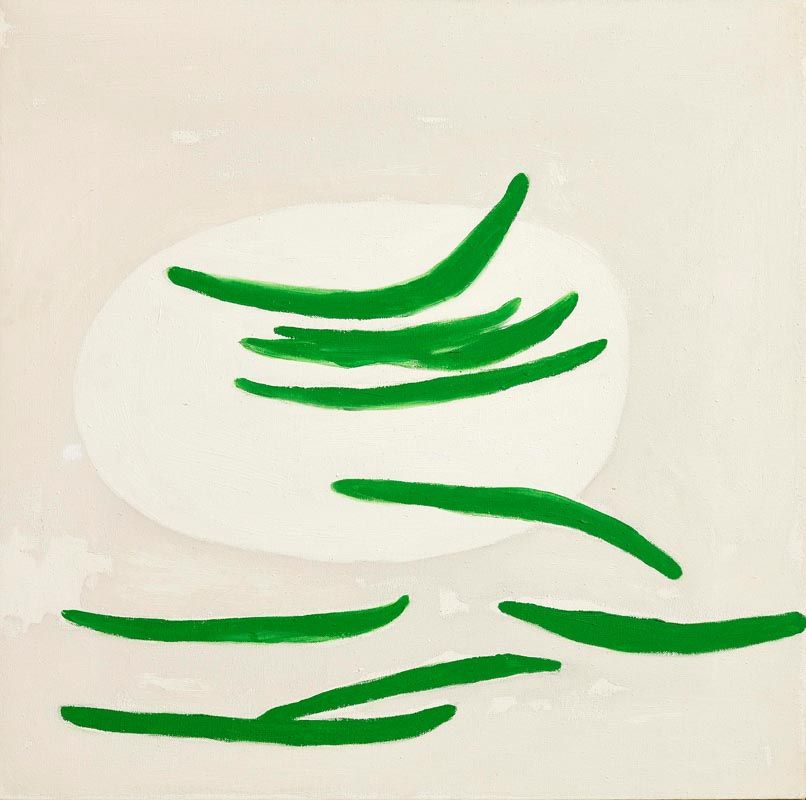
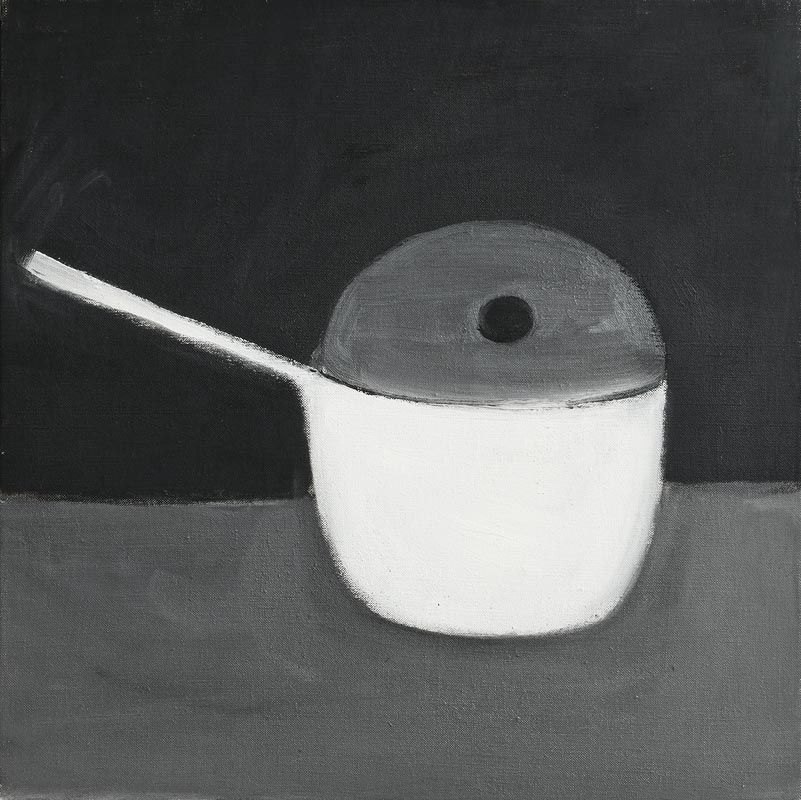
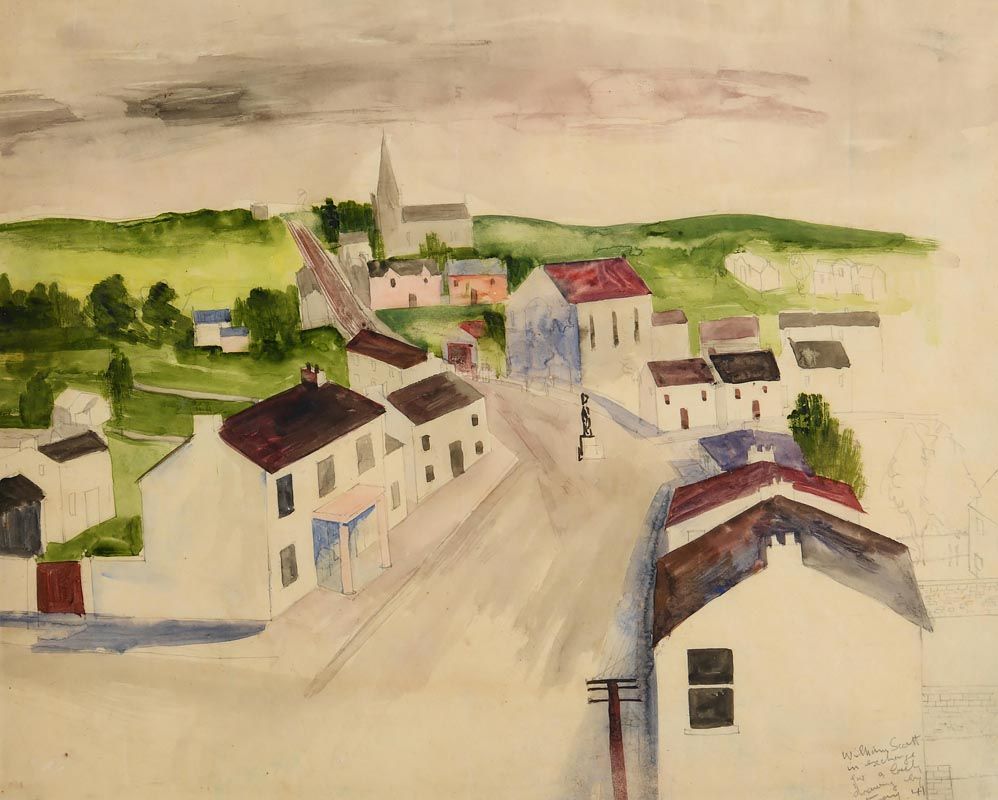
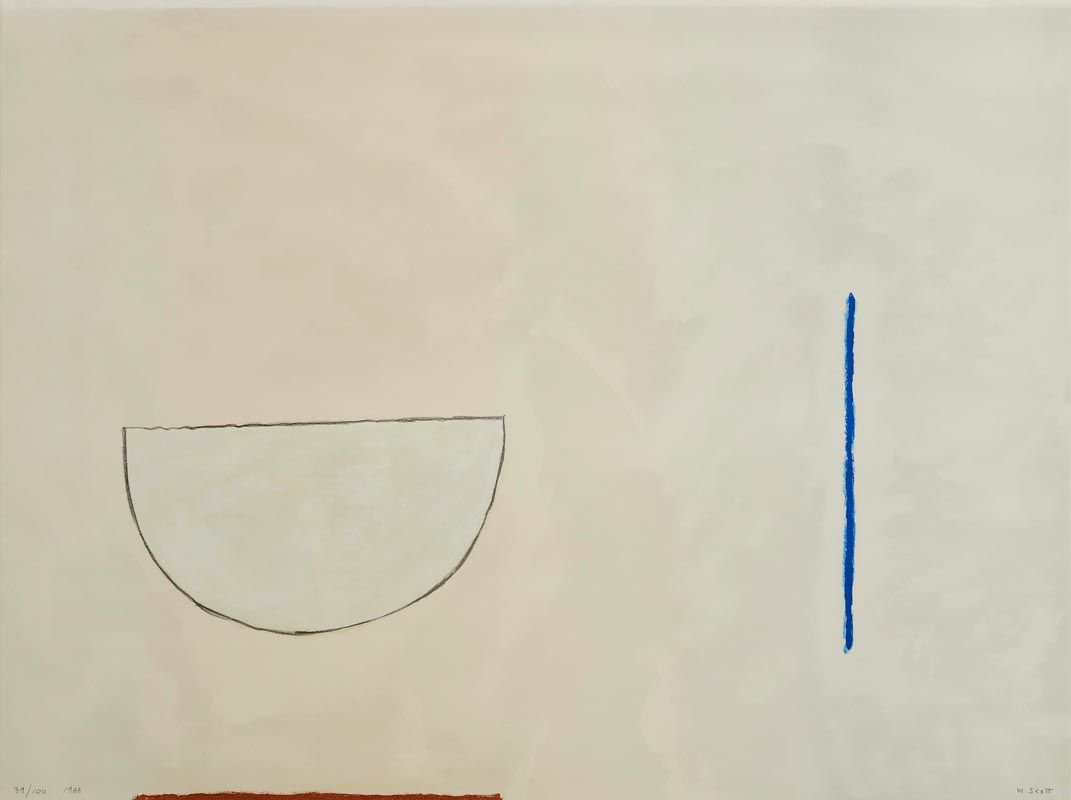
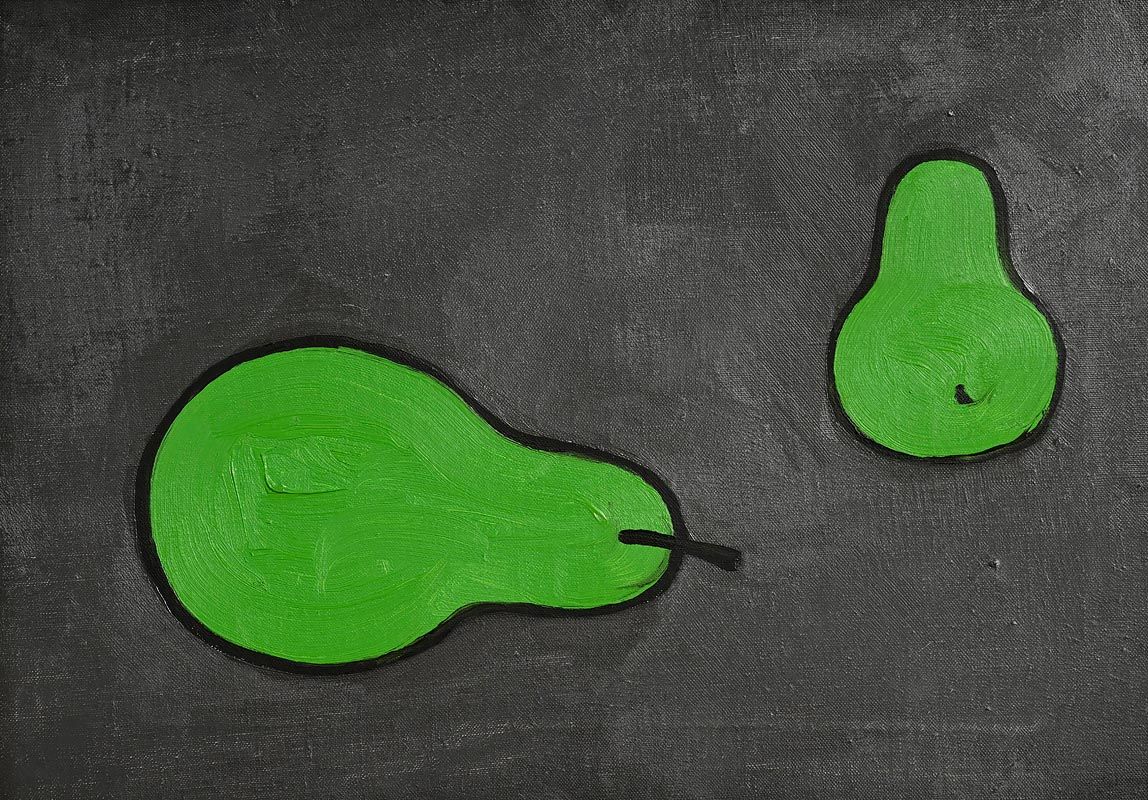
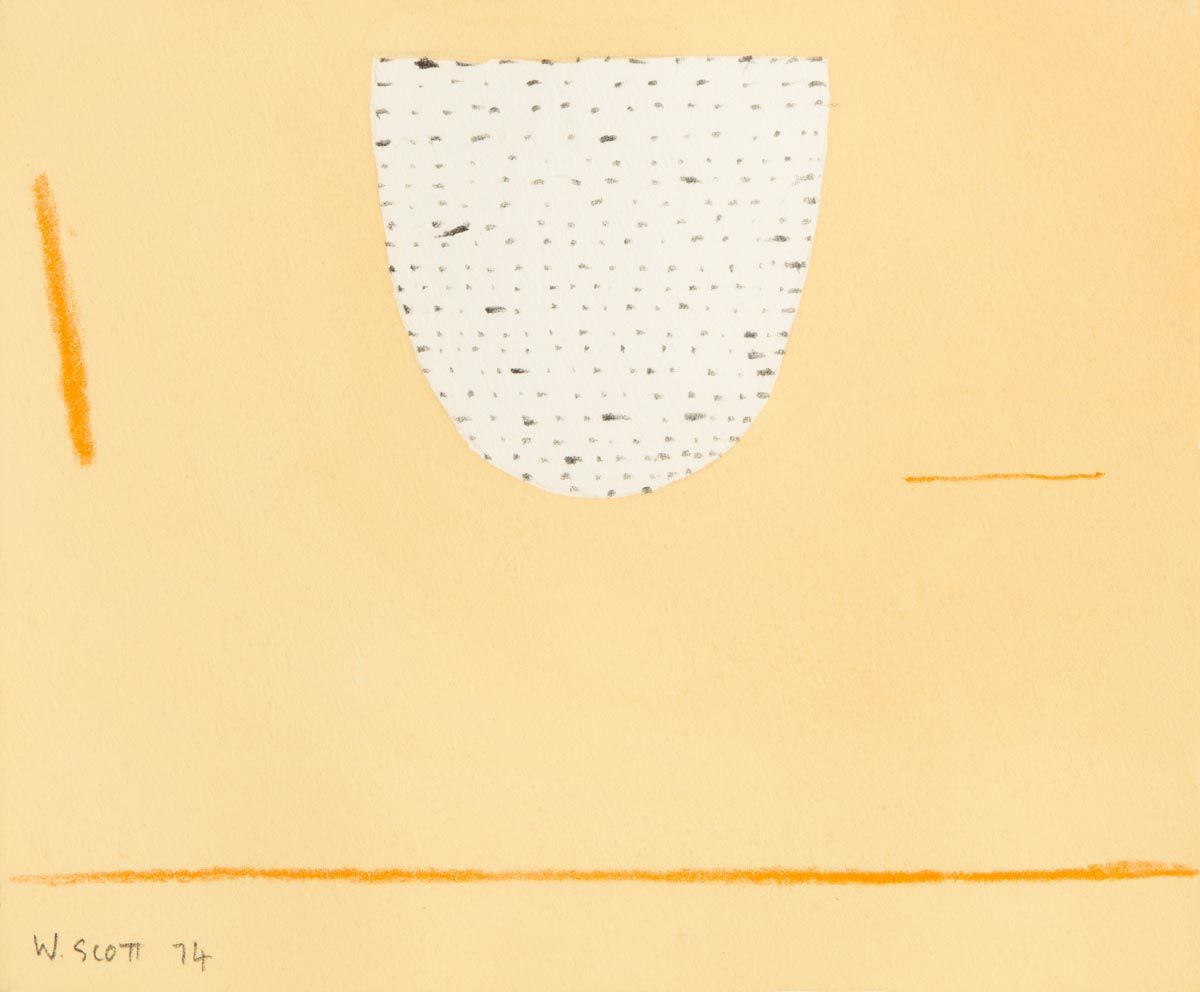
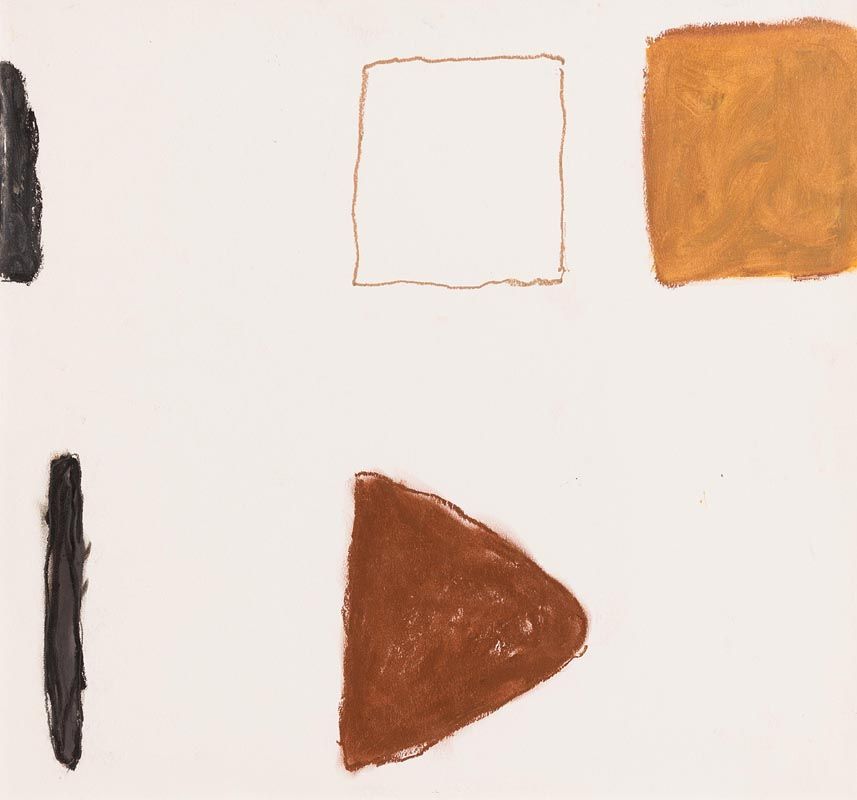
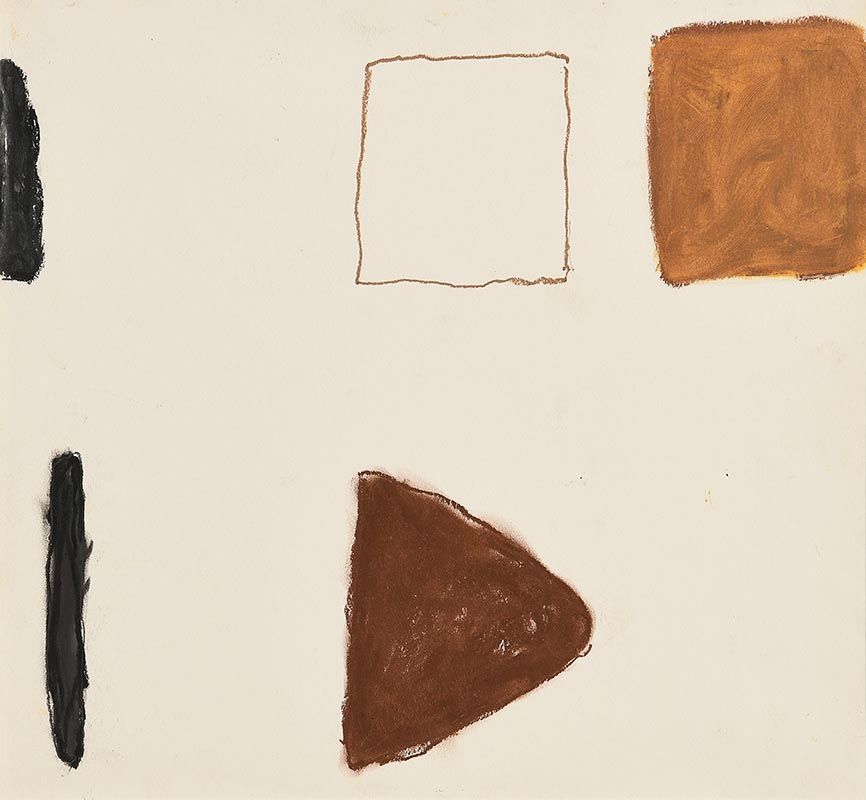
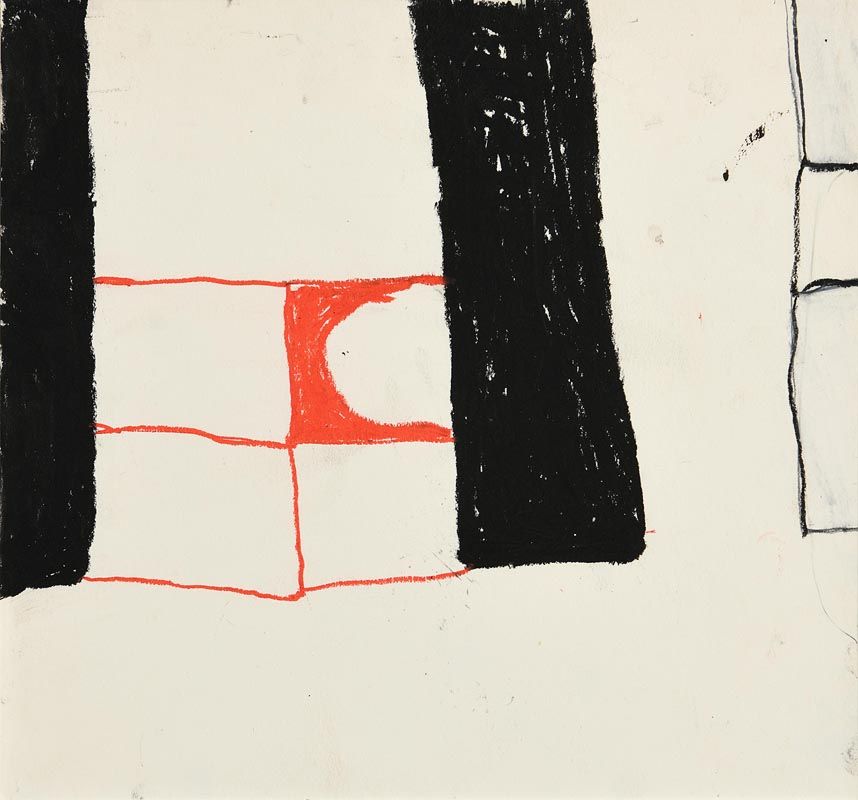

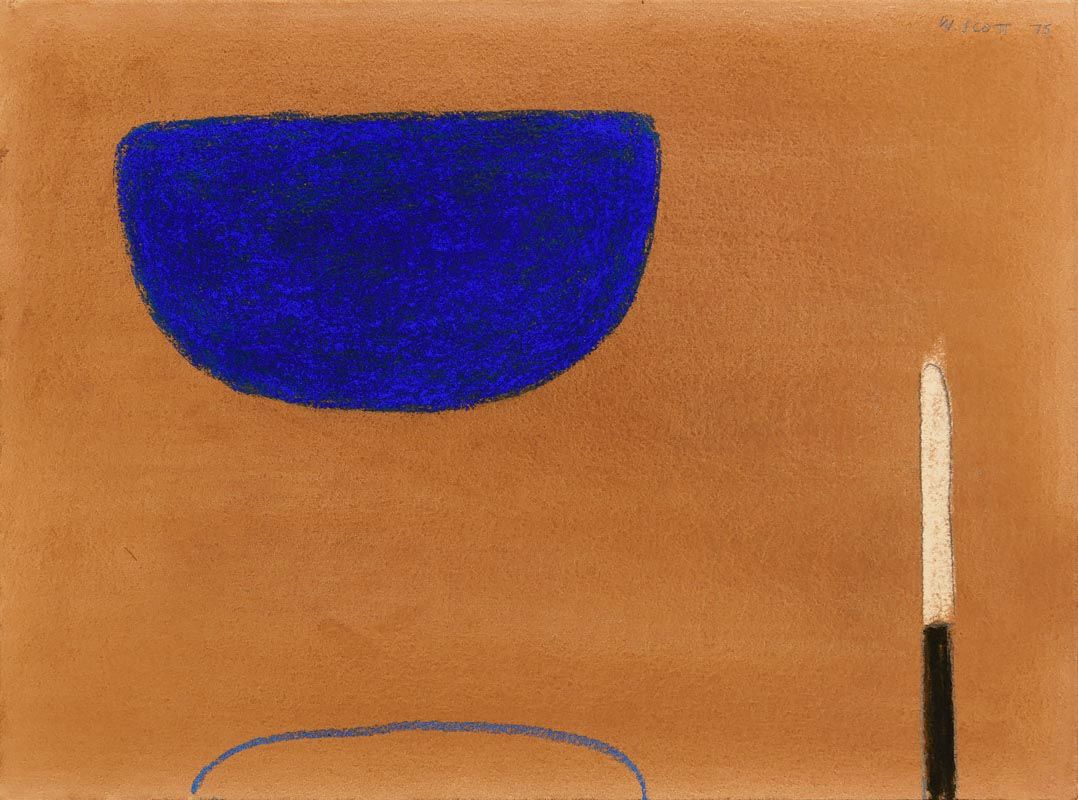
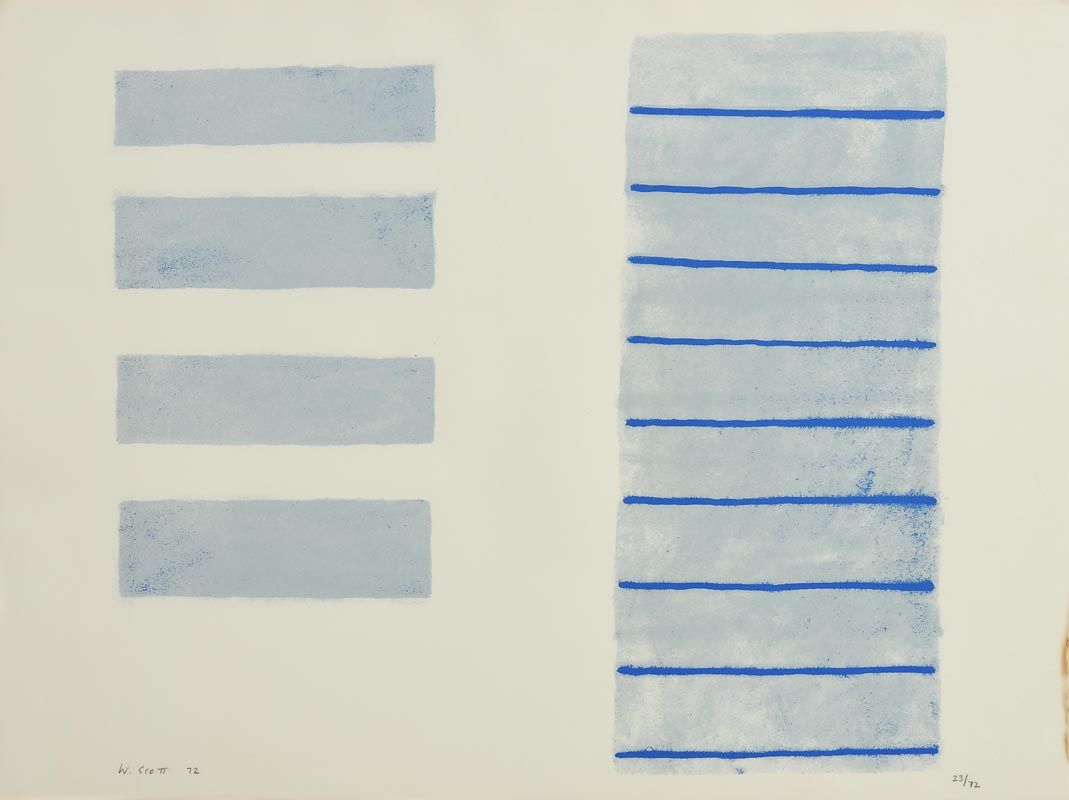
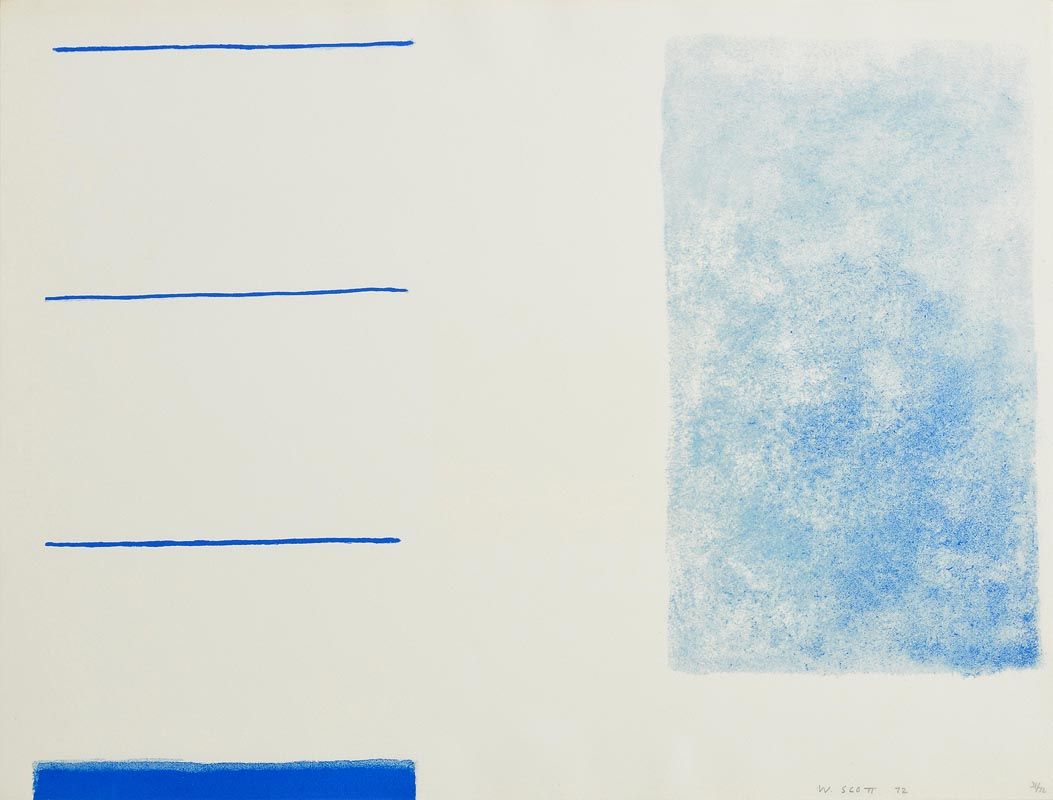


Try LotSearch and its premium features for 7 days - without any costs!
Be notified automatically about new items in upcoming auctions.
Create an alert